Where Rhythm Ruled: The Dance Revolution Of Swing
Swing dancing isn’t just a form of dance—it’s a symbol of cultural evolution and freedom. Emerging in the late 1920s and flourishing alongside jazz music, swing dancing became a social phenomenon that brought communities together during times of hardship.
From the bustling ballrooms of Harlem to the cramped clubs in California, swing dances like the Lindy Hop, Balboa, and Collegiate Shag revolutionized how people connected through movement.
Let’s look back at the vibrant history of swing dancing and how it became a lasting part of our cultural heritage.
The Birth of Swing Dancing
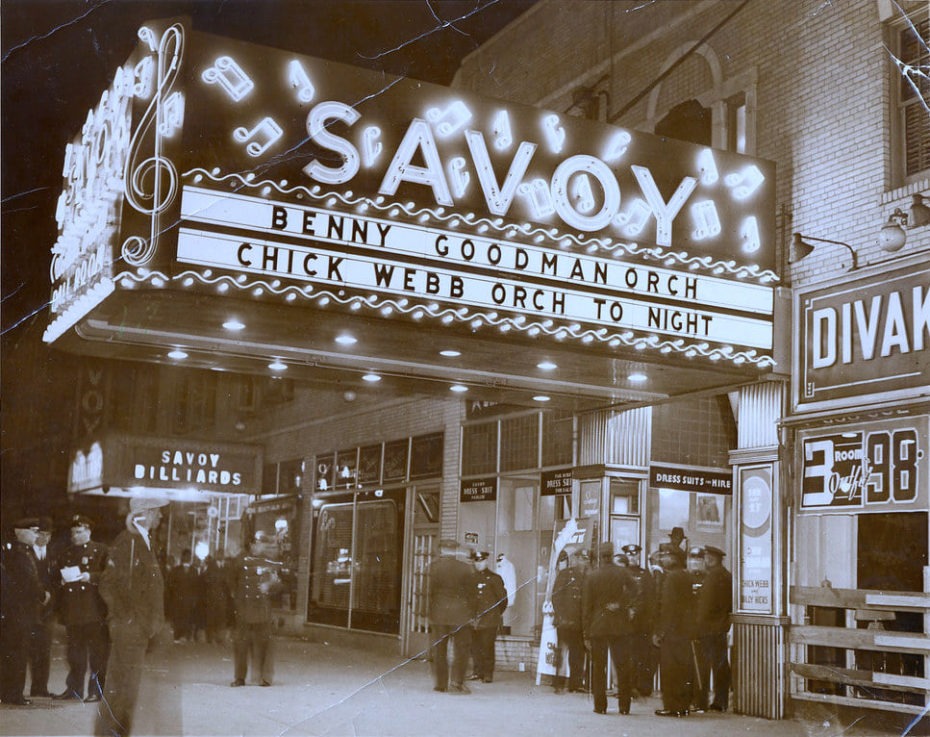
Swing dancing traces its origins to the Harlem Renaissance of the 1920s and 1930s, a cultural movement that celebrated African American music, art, and literature.
During this time, jazz music exploded in popularity, with its infectious rhythms sparking new dance styles.
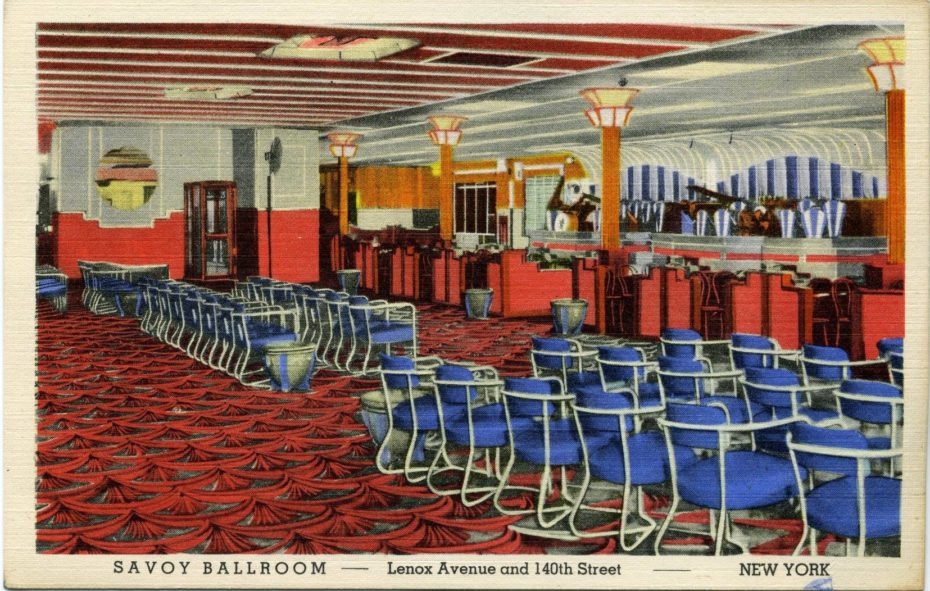
The most iconic of these dances, the Lindy Hop, was born in Harlem’s grand ballrooms like the Savoy, where legendary dancers like “Shorty” George Snowden introduced revolutionary moves like the breakaway.
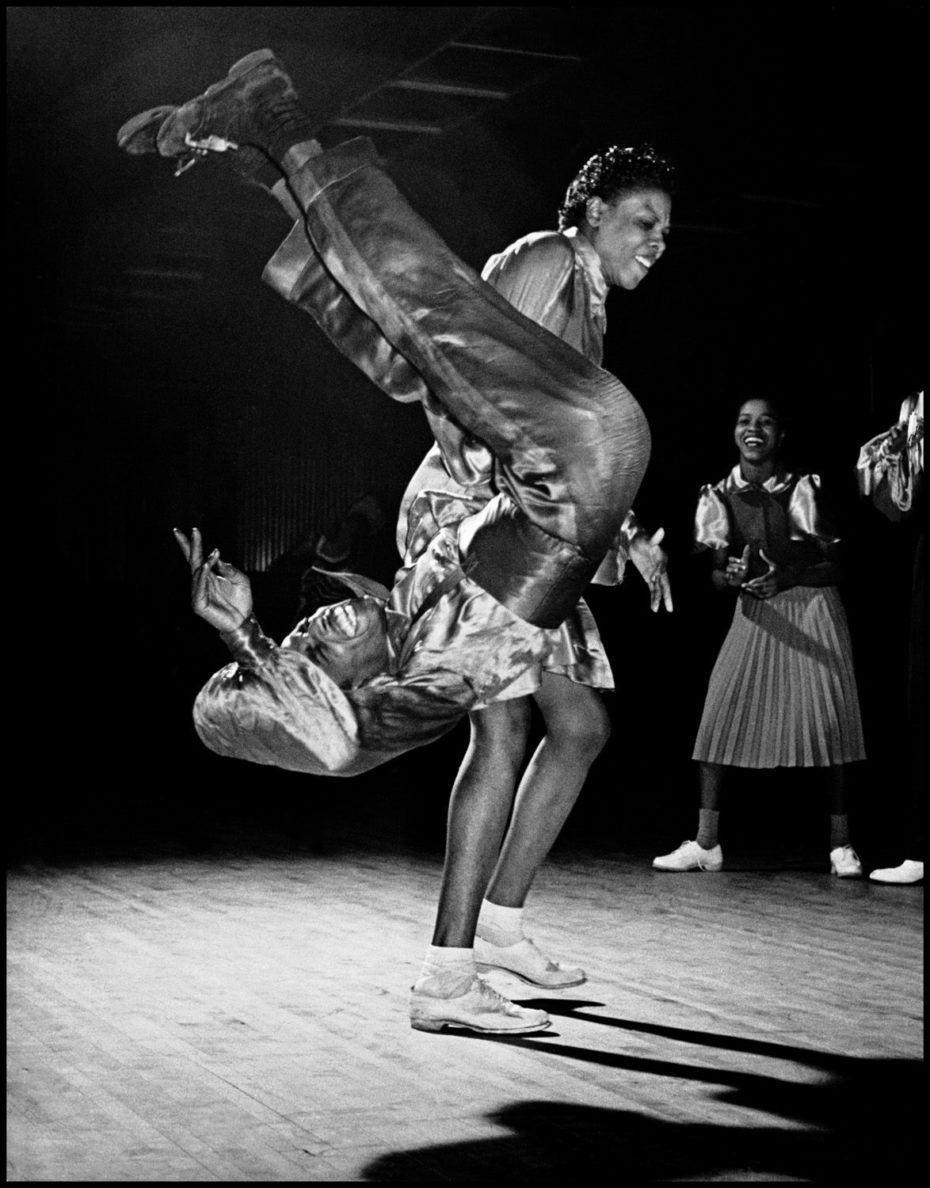
It was said that the Lindy Hop evolved from a partnered Charleston and was influenced by the rapid changes in jazz music.
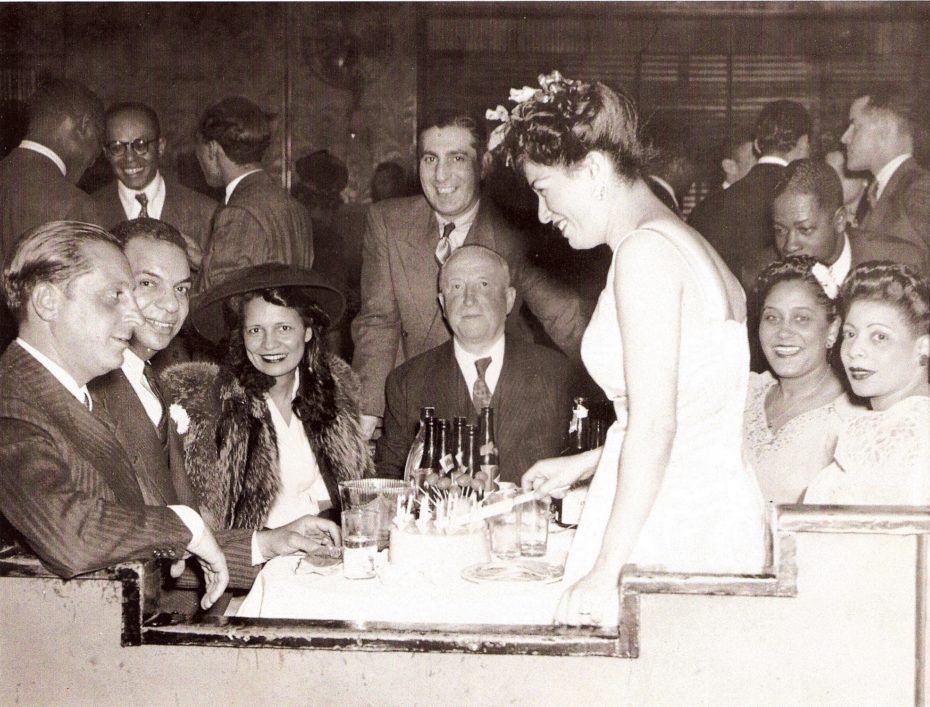
As jazz musicians like Count Basie and Duke Ellington pushed musical boundaries, swing dancers adapted their movements to match the rhythm, creating a dynamic new dance style.
Lindy Hop: A Dance of Liberation and Freedom
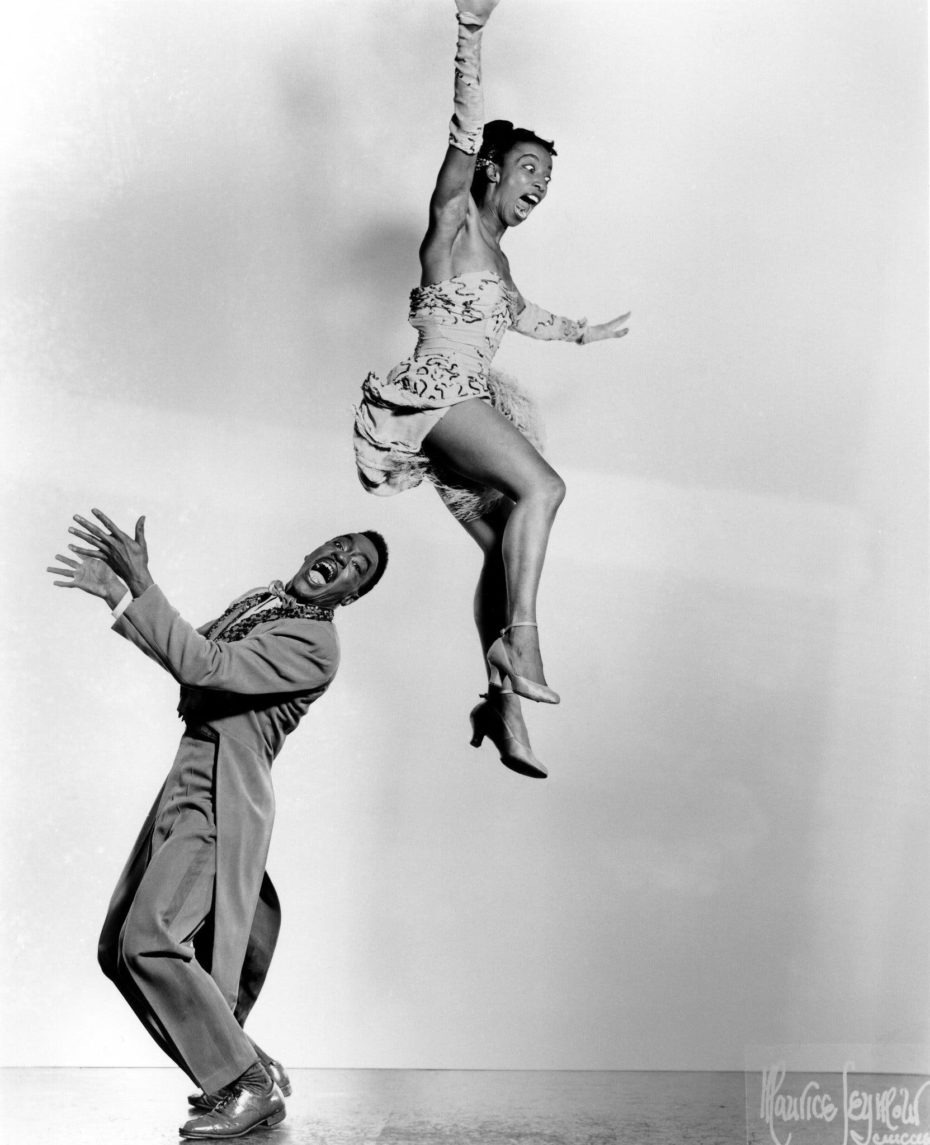
The Lindy Hop was created by African American dancers in Harlem. It symbolized freedom and creativity in a time of racial segregation.
Despite being dubbed as the “American spirit,” African Americans who pioneered this dance faced systemic discrimination.
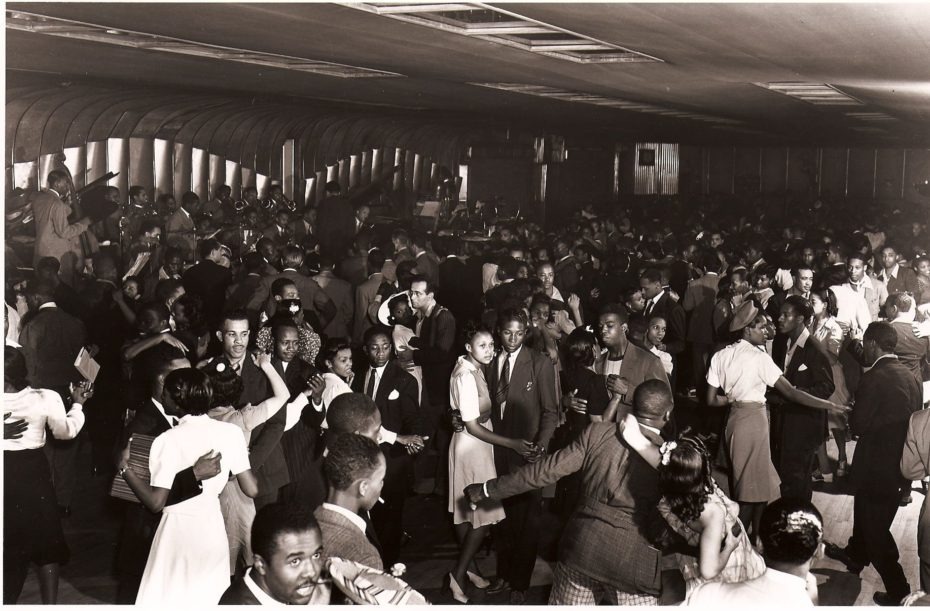
At the Savoy Ballroom, however, racial barriers were broken, and Black and white dancers shared the same floor. It was one of the few integrated spaces in America, and it helped the Lindy Hop thrive.
Norma Miller, known as the Queen of Swing, once said: “We didn’t want them taking our dance—they had everything else.”
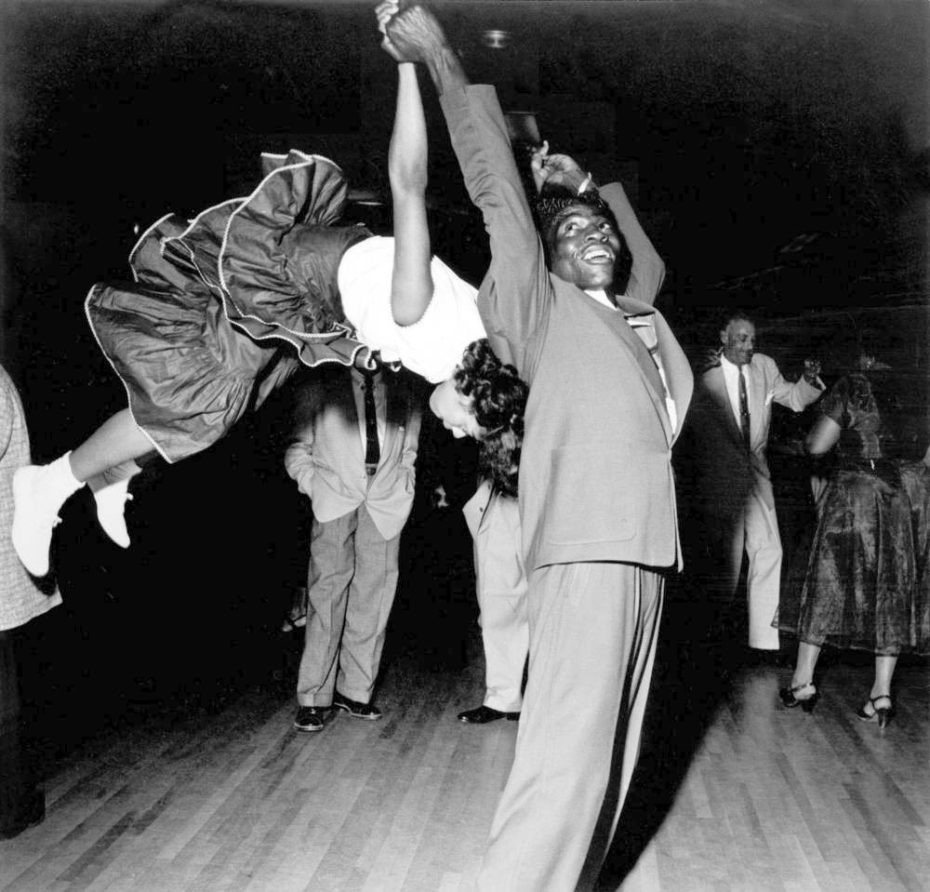
For many dancers, swing was a form of cultural resistance, a way to express identity and pride in the face of oppression.
The Spread of Swing: From Harlem to Hollywood
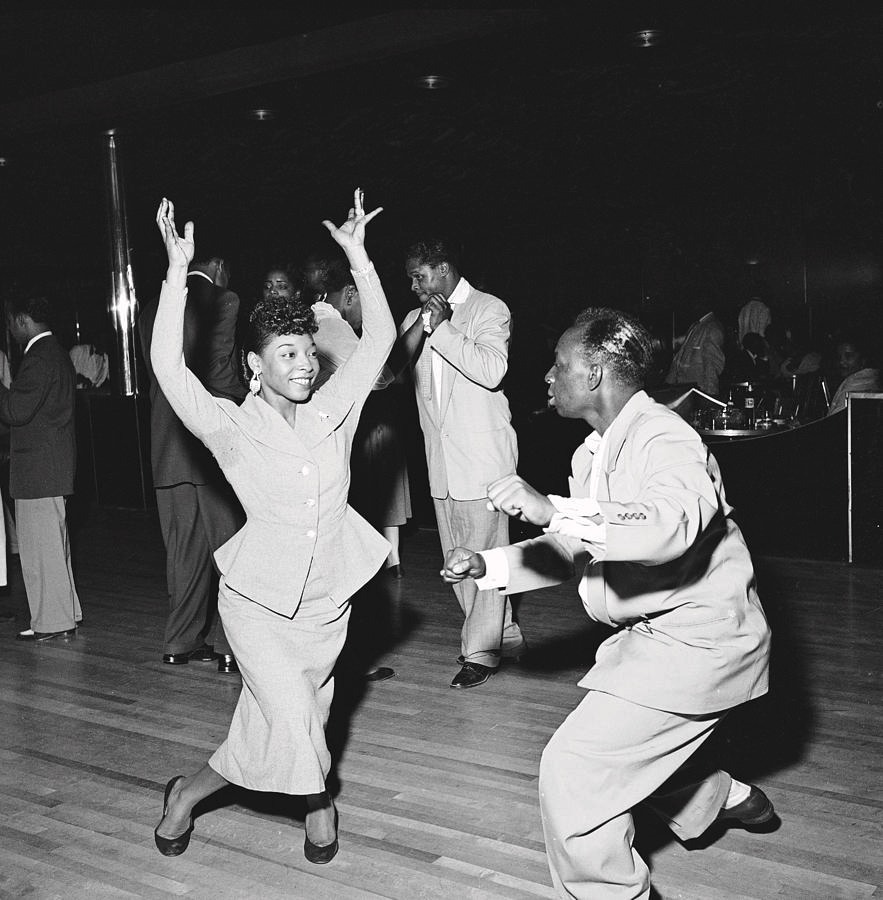
As swing music and dance gained national popularity, Whitey’s Lindy Hoppers, a group of talented dancers from Harlem, became the ambassadors of the Lindy Hop.
They toured around the world, performing in venues like the Moulin Rouge in Paris and starring in Hollywood films such as Hellzapoppin’ (1941). Their energetic routines amazed audiences and solidified swing dancing as a global phenomenon.
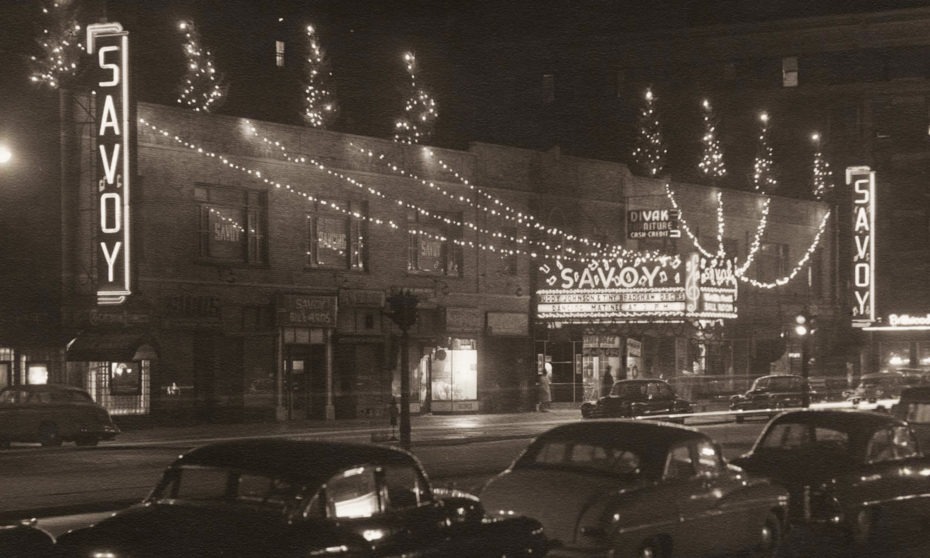
Meanwhile, other communities across the U.S. were developing their own swing dances. In Southern California, Balboa, a dance characterized by a close embrace, was born in the crowded ballrooms of the Balboa Peninsula.
In contrast, Collegiate Shag—a partnered dance popularized in North and South Carolina—was known for its fast-paced kicks and energetic style. Each of these dances added new dimensions to the evolving world of swing dancing.
The Decline and Revival of Swing Dancing
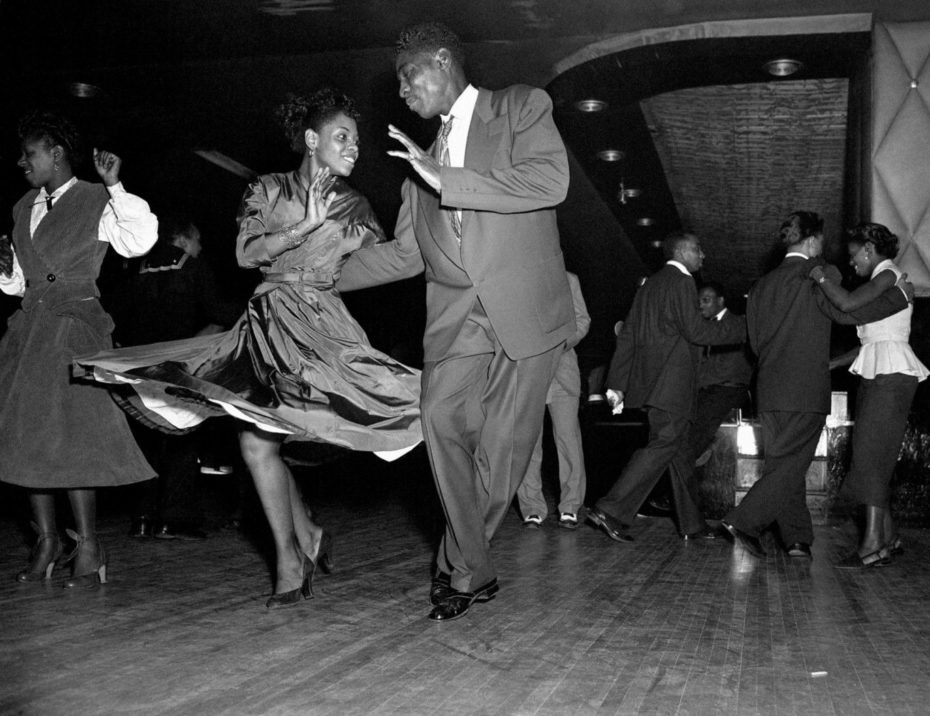
Swing dancing began to decline after World War II, as taxes on dance venues and the rise of new music styles like rock ‘n’ roll shifted the cultural landscape.
Many of the great swing clubs closed their doors, and the vibrant swing scene slowly faded from mainstream culture.
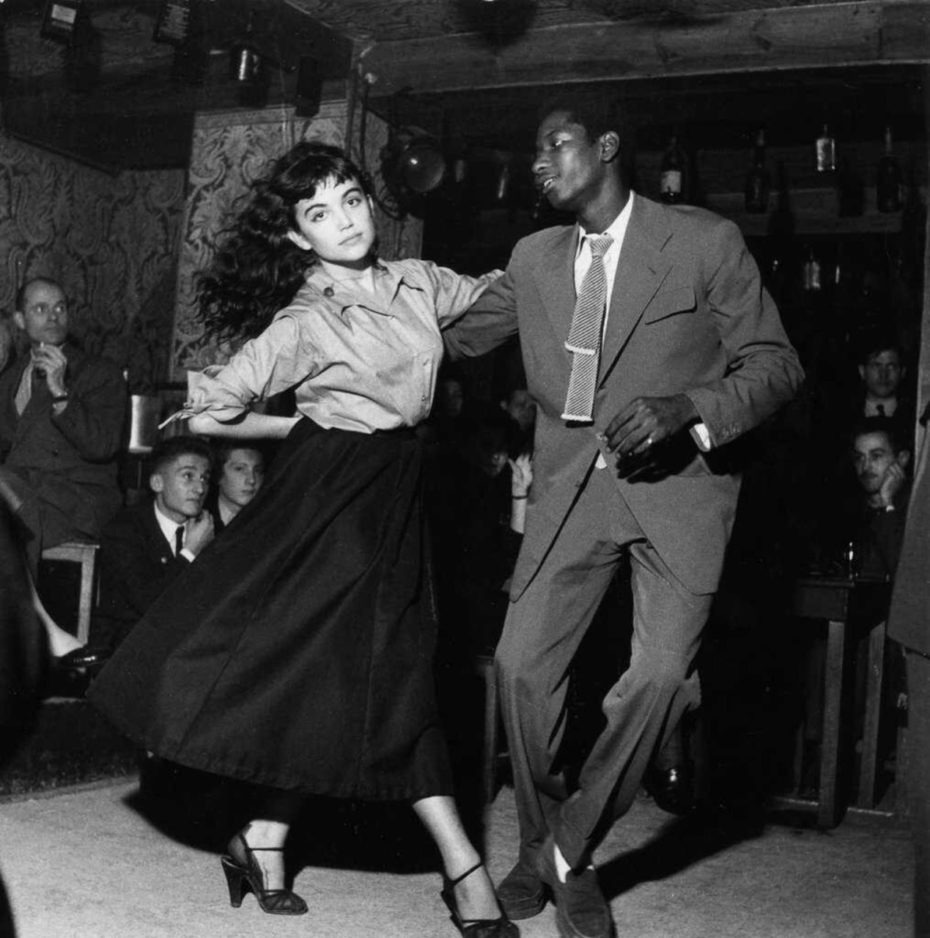
However, the spirit of swing never truly disappeared. In the 1980s, the Swing Revival began, sparked by dancers in Sweden and the UK who sought to reconnect with the original Lindy Hop style.
They turned to veterans like Frankie Manning, a former member of Whitey’s Lindy Hoppers, to learn the authentic moves.
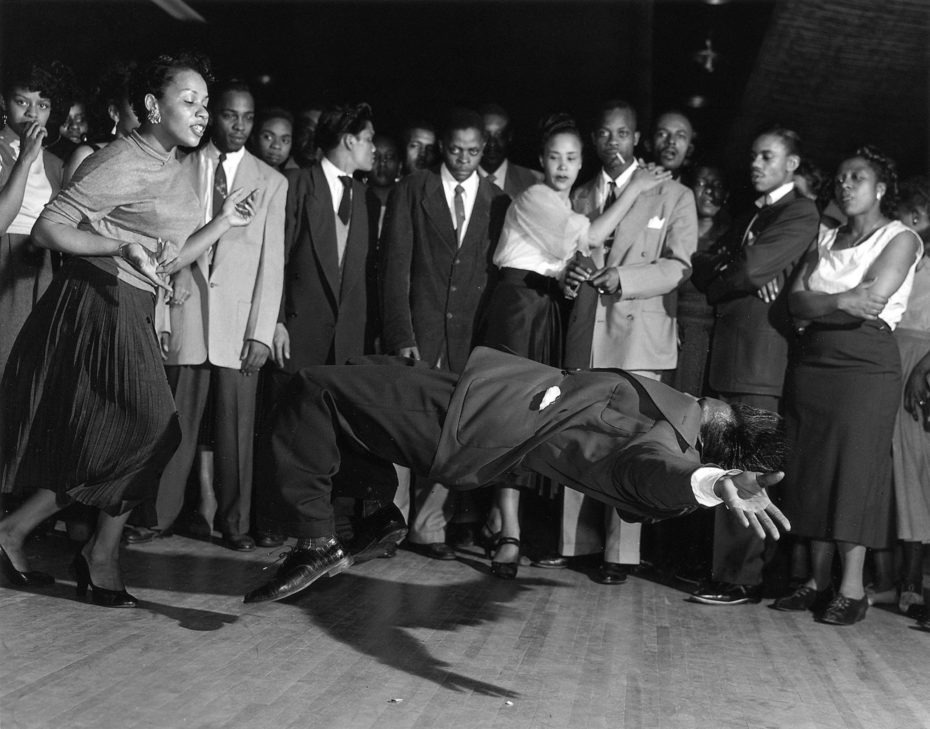
This revival spread quickly across Europe and America, bringing swing dancing back to the forefront of global dance culture.
Swing Dancing Today: A Global Phenomenon
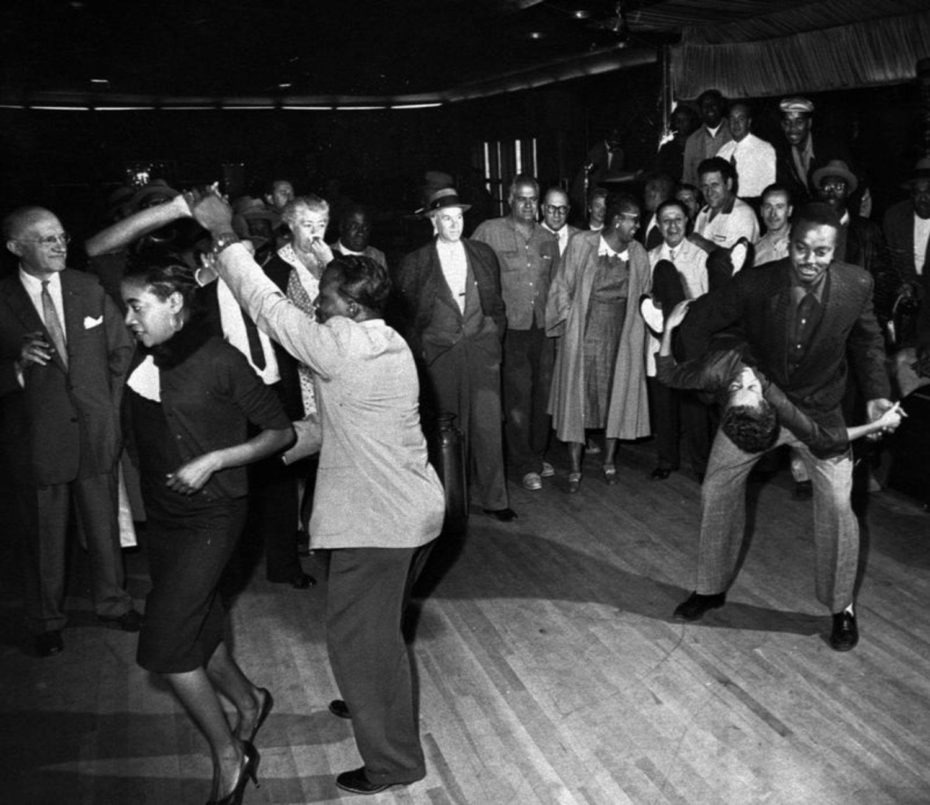
Today, swing dancing is more popular than ever. From New York City to Seoul and from Stockholm to Sydney, dancers continue to celebrate the joy and freedom that swing brings.
Lindy Hop, Balboa, Collegiate Shag, and solo jazz dances are practiced in cities worldwide, drawing people of all ages to rediscover this timeless dance.
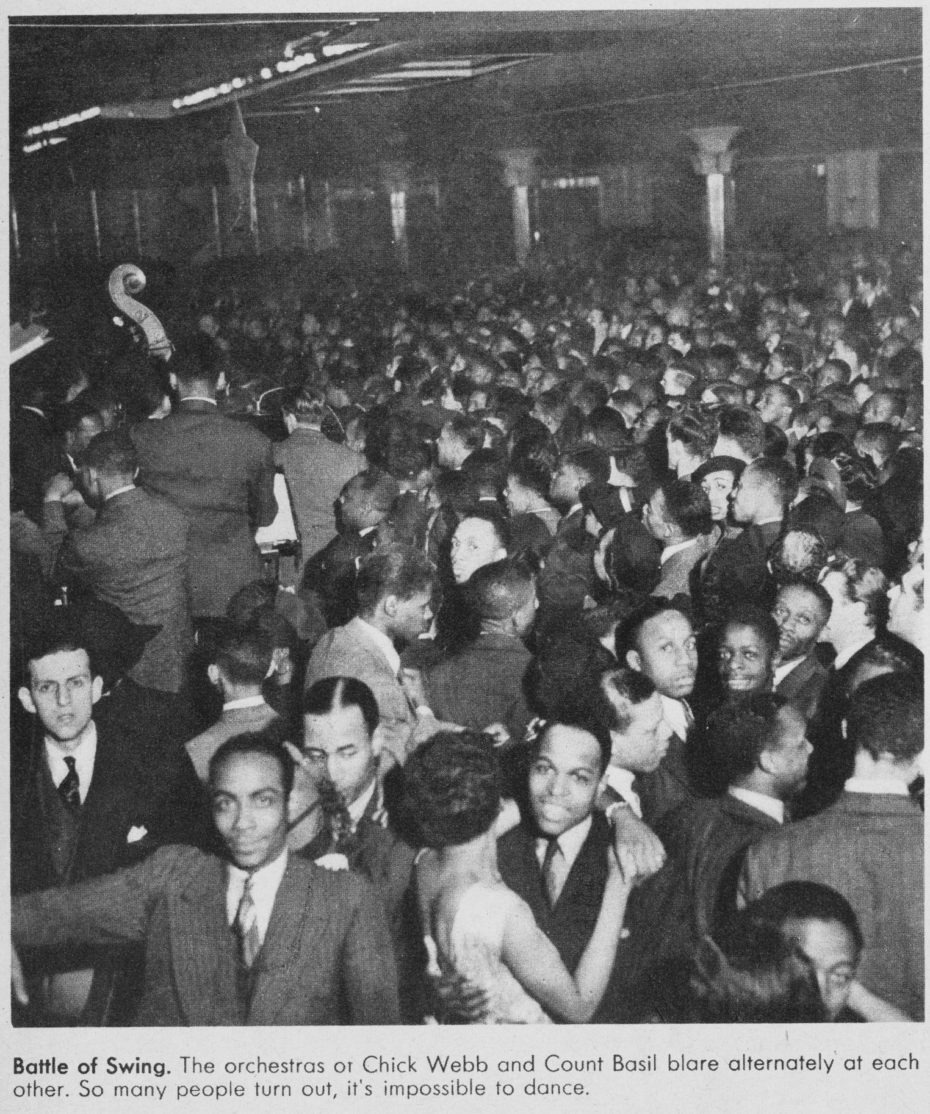
The legacy of swing dancing is not just in its steps but in its ability to bring people together. It transcends borders, generations, and cultural divides, offering a way to connect with the past while celebrating the present.

